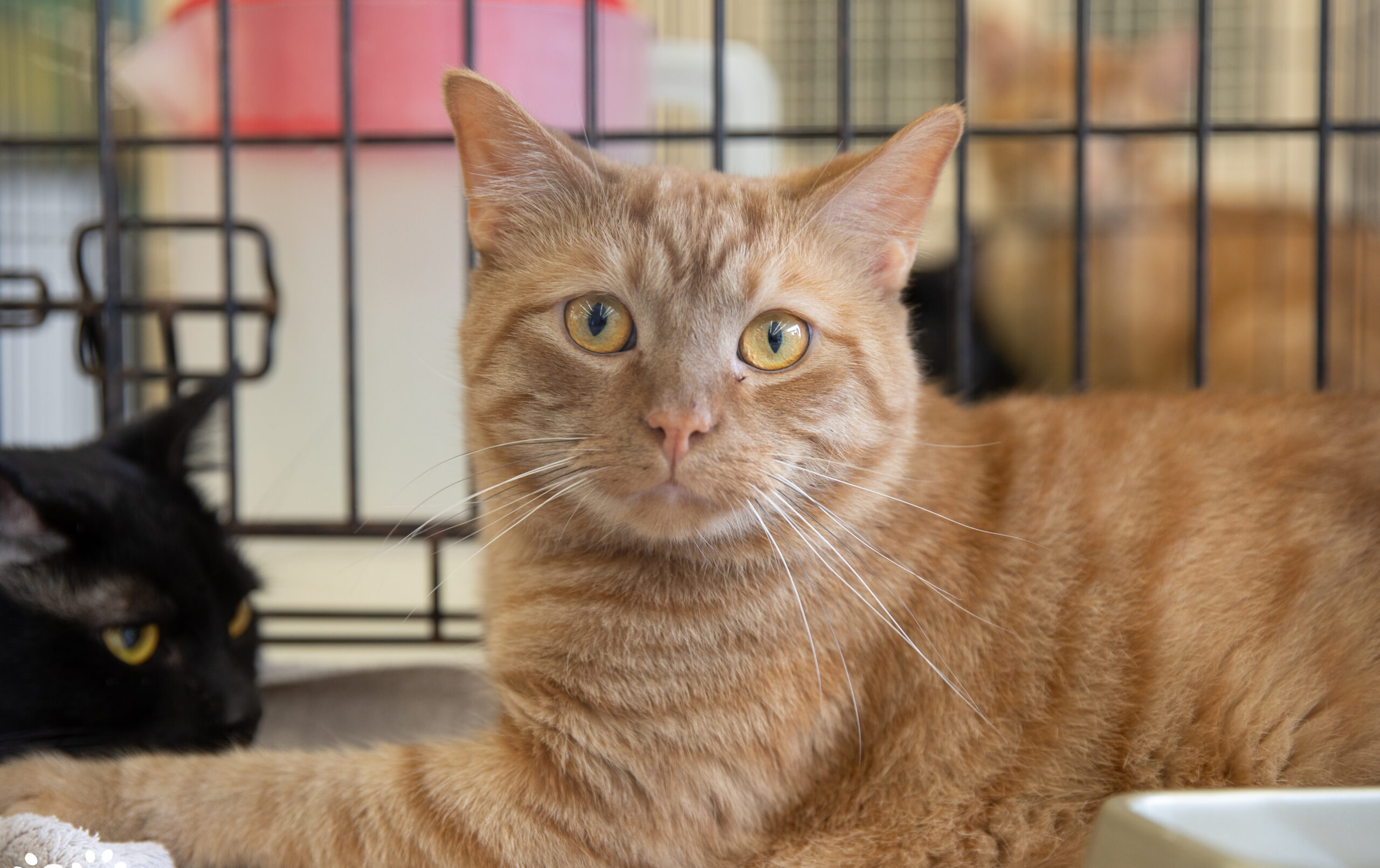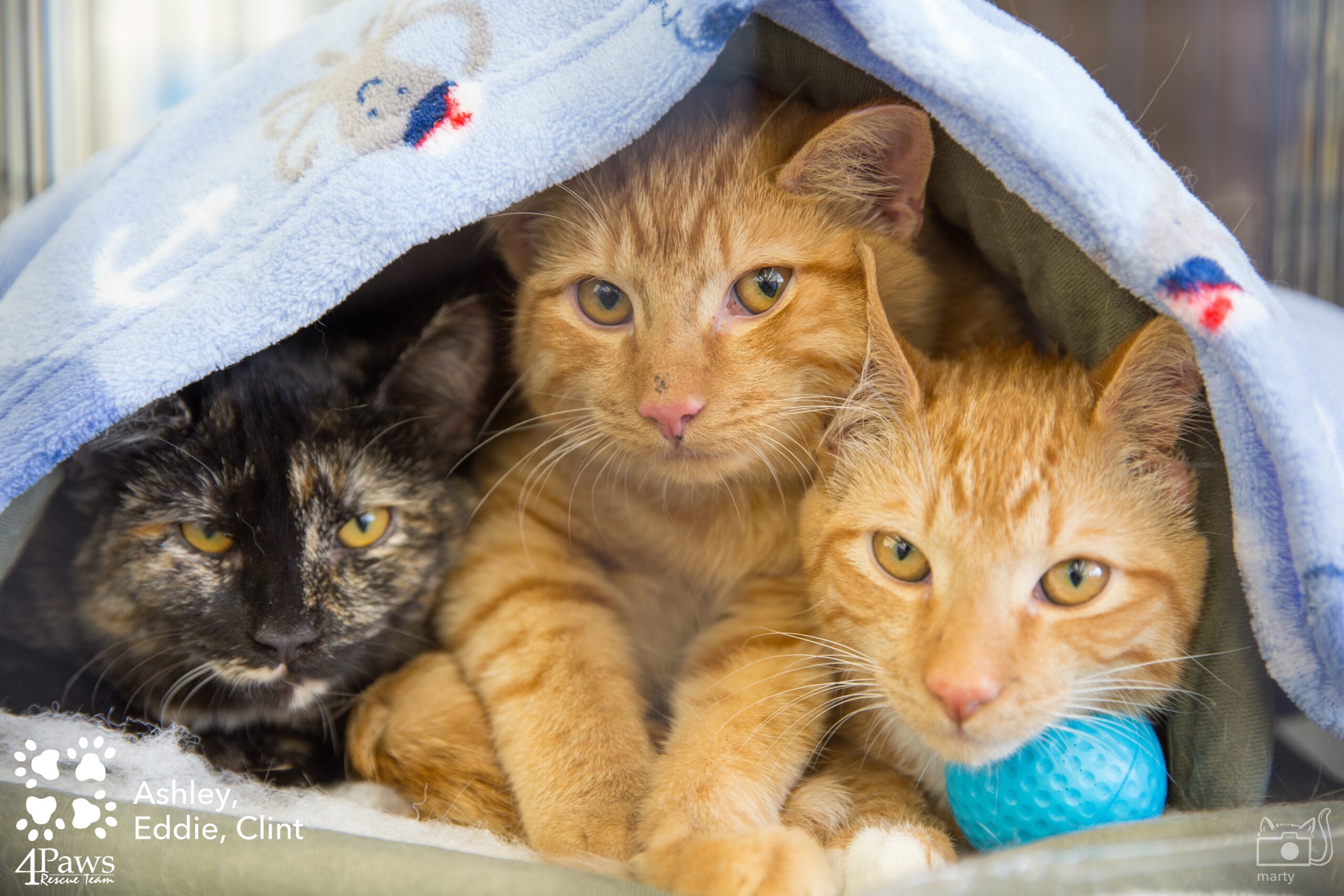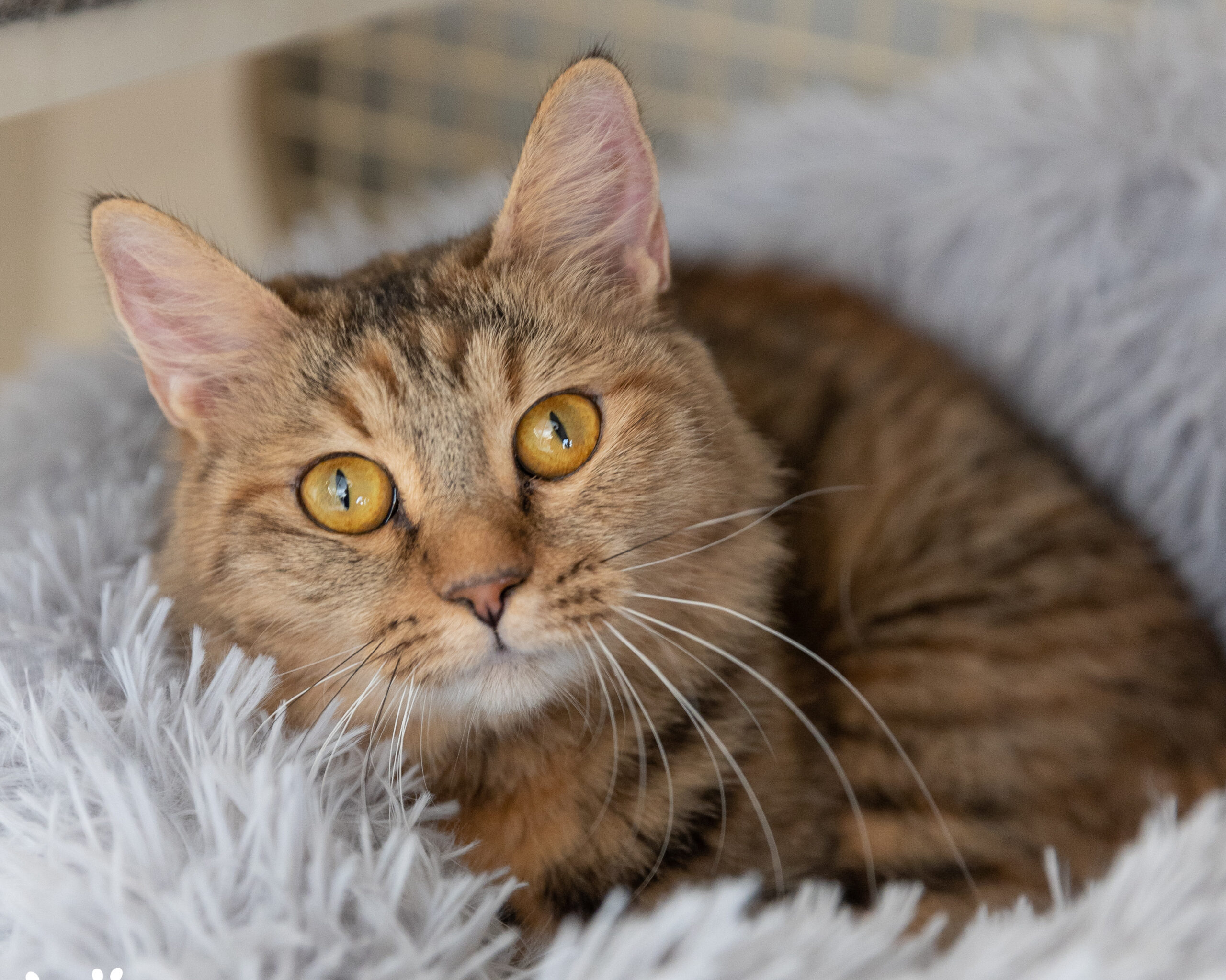Since it’s officially autumn, we wanted to share some tips on keeping our kitties safe during the fall and winter holidays. Cat owners know that our kitties can get into just about anything and can get into mischief in seconds. Here are some important tips to consider that will help prevent any medical issues.
- Holiday Decorations: Holiday decorations and ornaments seem like toys to cats, but may break easily. Avoid breakable glass ornaments that can result in injury to your kitty.
- Christmas Trees: Those beautiful Christmas trees can pose multiple problems for pets. Cats may try to climb the trees or chew on sharp needles. Especially dangerous are live trees sitting in a bowl of water and fertilizer – your pet could think that water is for them to drink! Don’t add chemicals to the water for a live tree and make sure that all trees, live and artificial, are properly set up to avoid falling.
- Strings of Lights: Strings of lights can pose a hazard both for cats getting tangled in the strings or burning themselves by chewing the wires. Look for options like LED lights instead. To your cat, an extension cord might look like just another string to play with. If your cat tries to play with or chew on electrical cords, she could end up getting burned or electrocuted. Hang lights out of reach of your cat and secure loose cords so they don’t dangle or slide on the floor.
- Festive Plants: Holiday plants like lilies, poinsettias, holly, and mistletoe are toxic to cats. Avoid these plants or use artificial ones.
- Batteries: Batteries are used to power many items from toys to watches, but they are corrosive if your pet eats them. Be careful not to drop batteries – especially hearing aid batteries.
- Candles: Cats can burn themselves on candles, or even knock them over and start a fire. If you choose to use real candles, make sure the candleholder is safe and sturdy, or look for candle alternatives.
- Guests and visitors: Visitors can overwhelm cats, so make sure your pets have a safe space to hide. With trick or treaters, carolers and guests coming and going, your pet may sneak a peek outside or even try to run away. Make sure that they have collar, tags, and microchip in case they get lost. Many cat owners place a “beware of cat” sign at their front door.
- Ribbons: Ribbons and tinsel can be very dangerous to pets. If eaten, these items can become entangled in the digestive tract and require life-saving surgery.
- Leftovers: Be careful with scraps from your holiday meal. Bones are choking hazards, some people food is poisonous for cats, and even cow’s milk can upset their stomachs. A trash can with a lid that can’t be tipped over is important for food and other items that need to be kept away from cats even after they’ve been tossed out. Food motivated cats love to scavenge for a tasty scrap.
- Chocolate: Many people do not realize that chocolate can be a poison when eaten in large amounts, even to people! Chocolate contains a chemical called theobromine, which has caffeine-like activities. Theobromine is used medicinally as a diuretic, heart stimulant, blood vessel dilator, and a smooth muscle relaxant. Unsweetened or baking chocolate contains a much higher amount of the potentially toxic theobromine than milk chocolate (approximately 10 times the amount on average). For the average cat, weighing 11 pounds, the toxic amount of milk chocolate is approximately 11 ounces (or 11 squares), but only 1-2 ounces (1-2 squares) of baking chocolate or high-quality dark chocolate has the potential to be fatal. An 8-week old kitten usually weighs 1-2 pounds and can be poisoned by only 1 ounce of milk chocolate. Clinical signs of chocolate poisoning include hyperexcitability, nervousness, vomiting, and diarrhea. In severe overdoses, the only symptom may be sudden death. Be sure to keep your kitties safe from Halloween and holiday candy and chocolate treats.



